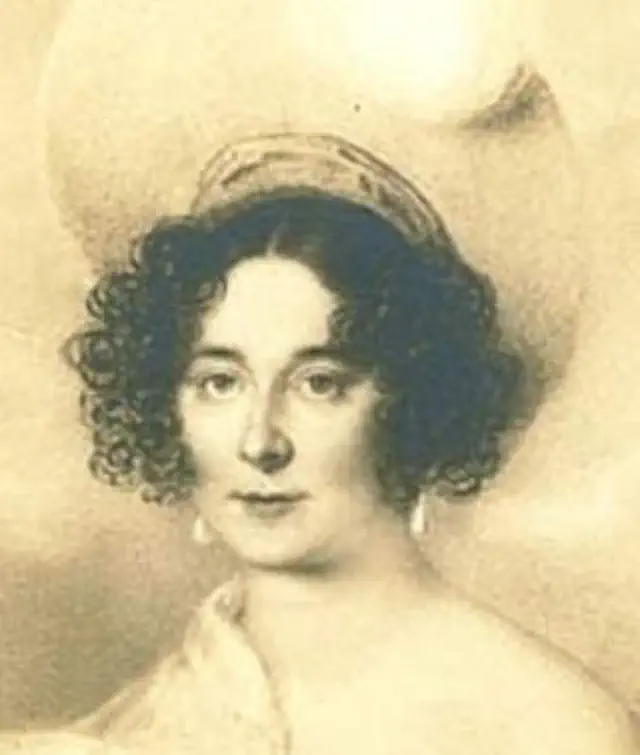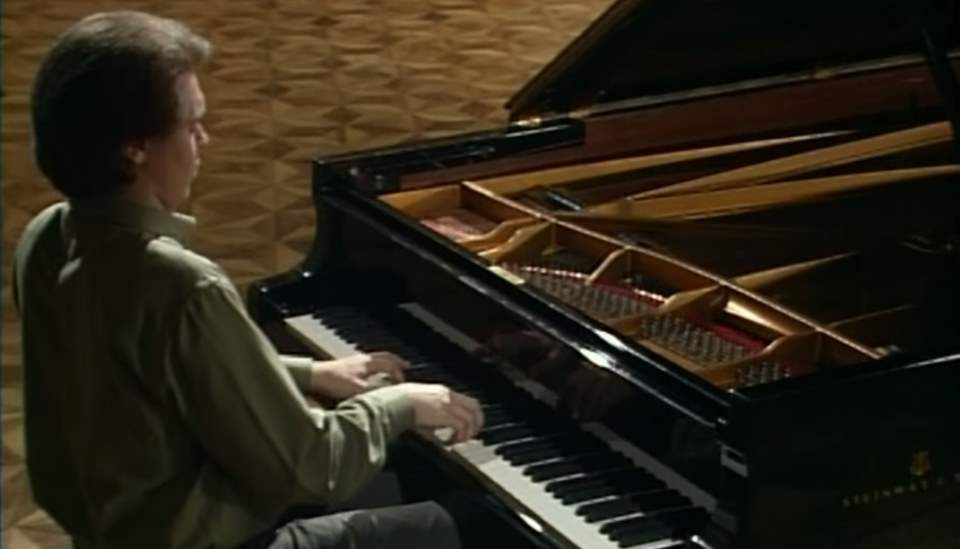Croatian pianist Ivo Pogorelić performs Ludwig van Beethoven’s Bagatelle No. 25 in A minor (WoO 59 and Bia 515) for solo piano, commonly known as “Für Elise” or “Fuer Elise” (English: “For Elise”). This recording is considered one of the famous piece’s most delicate and sensitive interpretations.
Ludwig van Beethoven’s Für Elise
Ludwig van Beethoven’s “Für Elise,” officially titled “Bagatelle No. 25 in A minor” (WoO 59 and Bia 515), is one of the most recognizable and frequently performed piano pieces in the classical music repertoire. Composed in 1810, this piece has captivated audiences with its delicate melody and emotive simplicity. Despite its widespread popularity, “Für Elise” has an air of mystery surrounding its dedication, original manuscript, and the exact identity of “Elise.”
Historical Context
Composition and Discovery
Beethoven composed “Für Elise” on April 27, 1810. However, the piece was not published during his lifetime and only came to light forty years after his death, discovered by the German musicologist Ludwig Nohl in 1867. Nohl found the piece among Beethoven’s personal papers, and he was responsible for giving it its title based on Beethoven’s handwritten dedication.
The Mystery of “Elise”
The identity of “Elise” has been a subject of much debate among music historians. Several theories have been proposed, but none have been definitively proven. One theory suggests that “Elise” was a mistranscription of “Therese,” referring to Therese Malfatti, a woman Beethoven is believed to have proposed to around the time he composed the piece. Another theory posits that “Elise” could have been a nickname for another woman in Beethoven’s life, possibly Elisabeth Röckel, a soprano singer who was a friend of the composer. Despite numerous hypotheses, the true identity of “Elise” remains an enigma.

Musical Analysis
Structure and Form
“Für Elise” is structured as a rondo, a musical form characterized by the recurrence of the main theme. The piece begins with the famous A minor theme, which serves as the refrain (A section). This theme is followed by contrasting sections (B and C), before the main theme returns, creating a pattern that can be described as ABACA. This structure contributes to the piece’s memorability and charm.
The Main Theme (A Section)
The main theme of “Für Elise” is instantly recognizable, featuring a simple, lyrical melody in the right hand accompanied by arpeggiated chords in the left hand. The theme is marked by its repetitive, yet graceful nature, creating an evocative and tender atmosphere. The use of A minor gives the theme a melancholic and introspective quality, which is balanced by the elegance of its melodic line.
Contrasting Sections (B and C Sections)
The B section shifts to F major, providing a brighter and more lively contrast to the A minor theme. This section features a playful, syncopated rhythm and dynamic interplay between the hands, showcasing Beethoven’s ability to create variety within a short piece.
The C section, which is less frequently performed, returns to A minor and introduces a more dramatic and intense character. This section involves rapid arpeggios and octave jumps, demanding greater technical skill from the performer. The return to the main theme after the C section brings the piece full circle, providing a sense of resolution and completeness.
Performance and Interpretation
Technical Considerations
“Für Elise” is often one of the first pieces of classical music that piano students learn, due to its relative simplicity in terms of note reading and finger positioning. However, achieving a truly expressive and nuanced performance requires careful attention to dynamics, phrasing, and pedaling. The performer must balance the lyrical quality of the main theme with the rhythmic vitality of the contrasting sections, ensuring that the piece flows seamlessly from one section to the next.
Interpretative Choices
While “Für Elise” is frequently played as a standalone piece, it offers ample opportunities for interpretative choices. Pianists can experiment with tempo fluctuations, rubato, and varying degrees of legato and staccato to bring out different emotional nuances. The use of pedal should be judicious, as excessive pedaling can blur the clarity of the melodic lines and harmonic progressions.
Cultural Impact and Legacy
Popularity and Influence
Since its discovery, “Für Elise” has become one of Beethoven’s most beloved and frequently performed works. Its simple yet captivating melody has made it a favorite among both amateur and professional pianists. The piece’s popularity extends beyond the classical music world, as it has been featured in numerous films, commercials, and even popular music adaptations.
Educational Significance
“Für Elise” holds a special place in music education, serving as an accessible introduction to Beethoven’s music for young pianists. Its technical demands are approachable for beginners, yet it provides valuable lessons in musical expression and interpretation. Many piano teachers use “Für Elise” to introduce students to the nuances of classical performance practice and to cultivate an appreciation for Beethoven’s genius.
Recordings and Performances
Over the years, “Für Elise” has been recorded by countless pianists, each bringing their own interpretation to the piece. Notable recordings include those by renowned pianists such as Vladimir Ashkenazy, Daniel Barenboim, and Alfred Brendel. These performances showcase the versatility of the piece, with each pianist highlighting different aspects of its character and emotional depth.
The Manuscript and Editorial Issues
Lost Original Manuscript
The original manuscript of “Für Elise” is believed to be lost, and what we know of the piece comes from copies and later editions. The absence of the original has led to some variations in the printed editions, with editors making different choices regarding dynamics, articulations, and fingerings.
Nohl’s Contribution
Ludwig Nohl’s discovery and subsequent publication of “Für Elise” brought the piece to public attention, but his editorial decisions have also shaped how it is performed today. Nohl’s edition is based on a copy that he found, and while it is considered authoritative, it is important to recognize that Beethoven’s original intentions might have included nuances that are not captured in the surviving sources.
Conclusion
“Für Elise” remains a quintessential example of Beethoven’s ability to craft music that is both technically accessible and emotionally profound. Its enduring popularity is a testament to the composer’s genius in creating a piece that resonates with audiences across generations. Despite the mysteries surrounding its dedication and the absence of the original manuscript, “Für Elise” continues to be a beloved piece that introduces many to the beauty of classical music. Its delicate melody, contrasting sections, and expressive potential make it a timeless work that will undoubtedly remain a staple in the piano repertoire for years to come.
Sources
- Für Elise on Wikipedia
- “All About Für Elise” on the Hoffman Academy website
